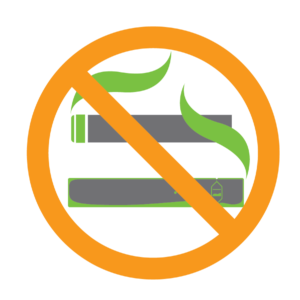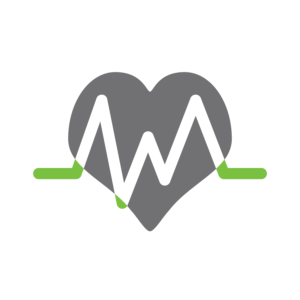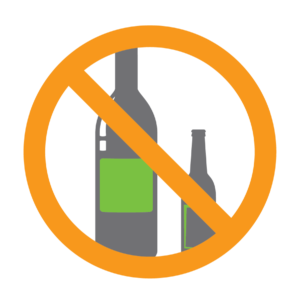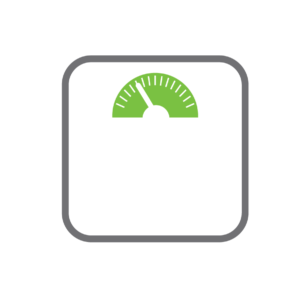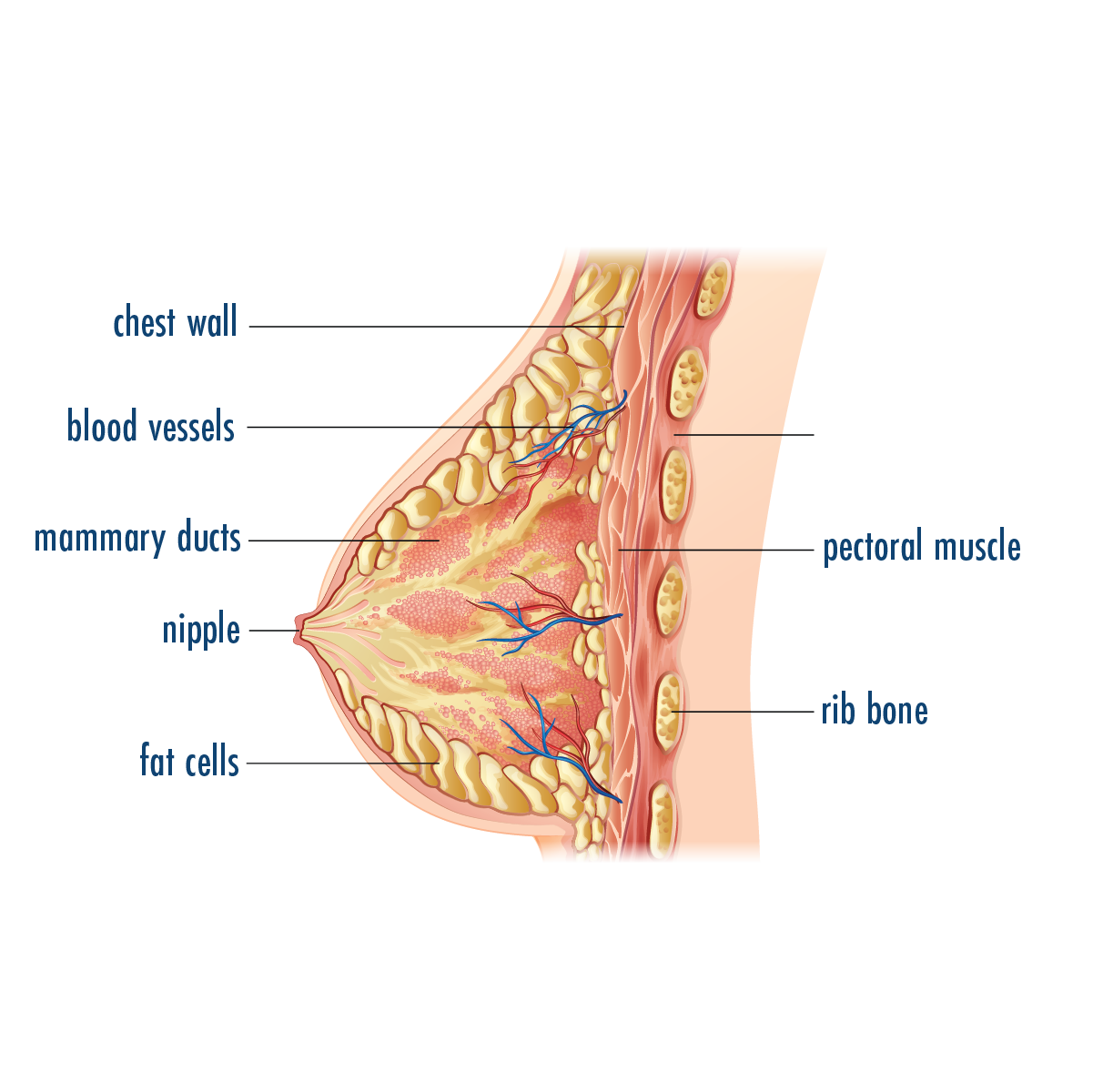
Screening
Transgender individuals should talk with their health care provider about their specific screening needs.
For persons of average risk:
- From age 25 to 39: Three-year check-up
Talk with your health care provider at least once every three years for risk assessment, risk reduction counseling and a clinical breast exam.
- Beginning at age 40: annual check-up and 2D OR 3D screening mammogram (breast tomosynthesis)
Get screened annually if you are at average risk. Discuss the benefits and risks of screening tests with your health care provider and talk about which screening method is right for you.
2D mammograms take a picture of the breast from the side and from above. In 3D mammography, several pictures of the breast are taken from various angles to create a 3D image. This helps improve the accuracy of the test, which can be particularly helpful for women with dense breast tissue, which may make it harder to see cancers. Both types of mammograms are appropriate screening options.
- Menopause: hormone replacement therapy
Talk with your health care provider about breast cancer risks associated with hormone replacement therapy.
If you are at high risk, talk with your health care provider about beginning annual screening mammograms and magnetic resonance imaging (MRI) at a younger age.
Source: National Comprehensive Cancer Network

